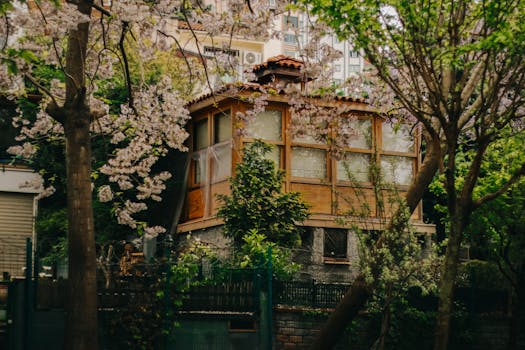
Urban Green Spaces: The Future of Outdoor Living in European Cities by 2025
Urban Green Spaces are becoming increasingly important in European cities, and it’s easy to see why. These green oases provide a tranquil escape from the hustle and bustle of city life, offering numerous benefits for both physical and mental health. As we look to the future, it’s clear that urban green spaces will play a vital role in shaping the way we live, work, and interact with our surroundings in European cities by 2025.
Introduction to Urban Green Spaces
Focus Keyword: Urban Green Spaces. Urban Green Spaces refer to any area of greenery within an urban environment, including parks, gardens, green roofs, and even small pockets of greenery in between buildings. These spaces are designed to provide a range of benefits, from improving air quality and mitigating the urban heat island effect to promoting biodiversity and supporting local ecosystems.
The Benefits of Urban Green Spaces
So, what exactly do urban green spaces have to offer? For starters, they provide a peaceful retreat from the stresses of city life, allowing residents to relax, unwind, and reconnect with nature. This can have a significant impact on mental health, with studies showing that spending time in green spaces can reduce symptoms of anxiety and depression. Urban green spaces also offer a range of physical health benefits, from providing opportunities for exercise and recreation to reducing air pollution and improving overall air quality.
The Future of Urban Green Spaces in European Cities
As we look to the future, it’s clear that urban green spaces will play an increasingly important role in shaping the way we live, work, and interact with our surroundings in European cities. By 2025, we can expect to see a significant increase in the number and quality of urban green spaces, with cities investing heavily in green infrastructure to support the health, wellbeing, and sustainability of their residents. This will involve the creation of new parks, gardens, and green spaces, as well as the rehabilitation of existing ones, to provide a comprehensive network of green oases throughout urban areas.
Conclusion
In conclusion, urban green spaces are a vital component of any European city, providing a range of benefits for physical and mental health, sustainability, and overall quality of life. As we move forward, it’s essential that we prioritize the creation and maintenance of these spaces, investing in green infrastructure to support the health, wellbeing, and sustainability of our cities and their residents. By doing so, we can create thriving, sustainable urban environments that support the needs of both people and the planet, and pave the way for a healthier, happier future in European cities by 2025.


